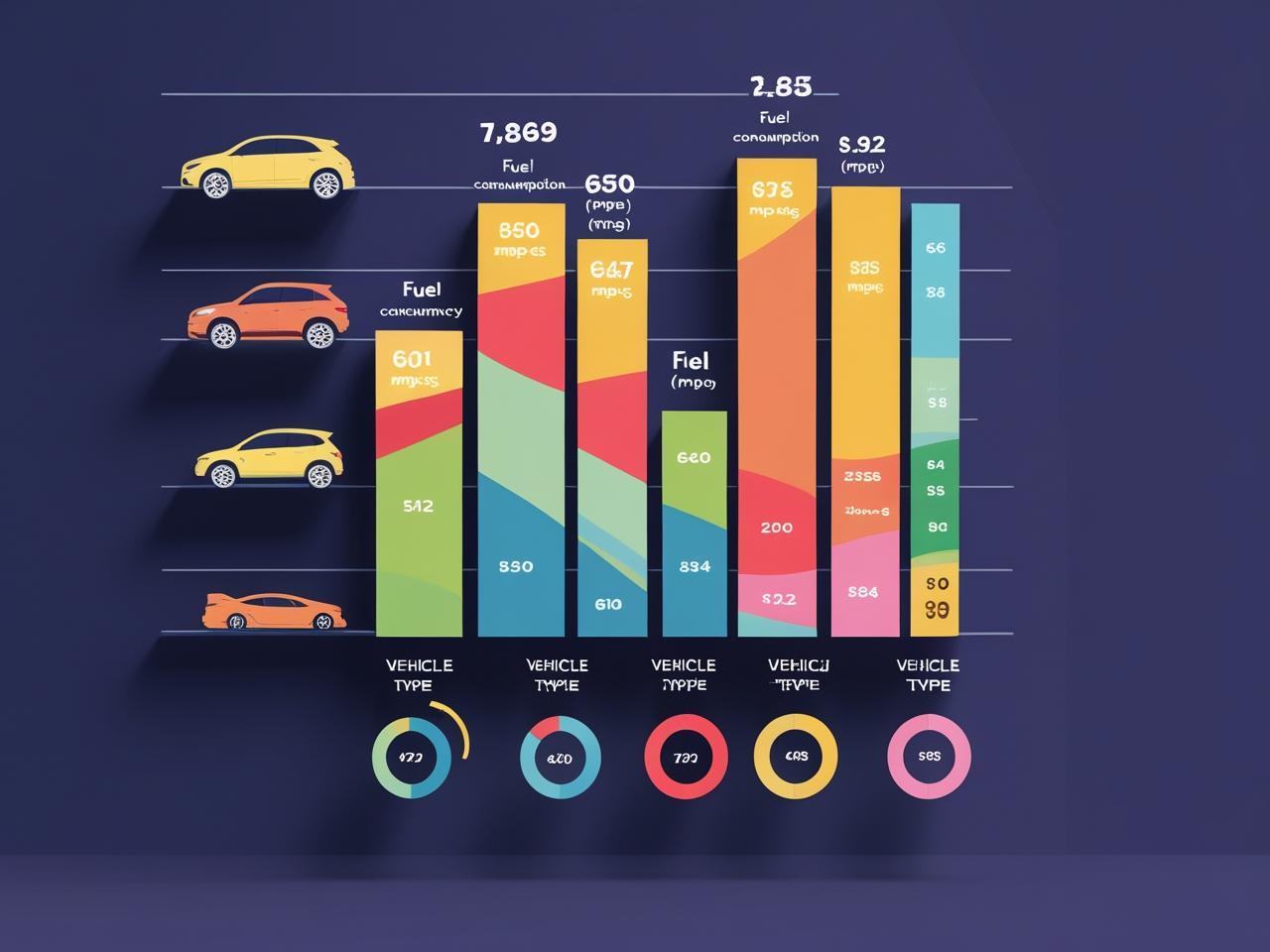
Are you tired of feeling like your car's fuel economy never lives up to the manufacturer's claims? A new independent study by the Australian Automobile Association (AAA) confirms that you're not alone.
The AAA's testing, which compared on-road driving results with official lab-tested figures for 30 of Australia's best-selling vehicles, revealed a shocking truth: most popular cars use significantly more fuel in real-world conditions. In some cases, the difference was up to a staggering 33% more fuel than what's stated on the official sticker.
Out of the 30 vehicles tested, only five matched or beat their official claims. This highlights a significant discrepancy between controlled laboratory testing and the realities of everyday driving, which includes factors like traffic, varying speeds, and driver behavior.
So, which cars performed the worst, and which ones actually saved you money at the pump? Let's take a closer look at some of the results:
Not all cars underperformed. The AAA's study also identified some models that were more fuel-efficient on the road than in the lab. These are the cars that will truly save you money:
The AAA's findings underscore the importance of looking beyond the official fuel consumption figures. While lab results provide a standardized benchmark, they don't always translate to real-world performance.
Before you make your next car purchase, consider that the official fuel consumption sticker may be more of a guide than a guarantee. Factors like your driving habits, typical road conditions, and even the vehicle's maintenance can all impact your actual fuel costs. This study serves as a crucial reminder to do your research and be prepared for potential discrepancies between what's advertised and what you'll actually pay at the pump.
To explore how these fuel costs might impact your budget or for advice on choosing a more efficient vehicle, get in touch with our team today here.